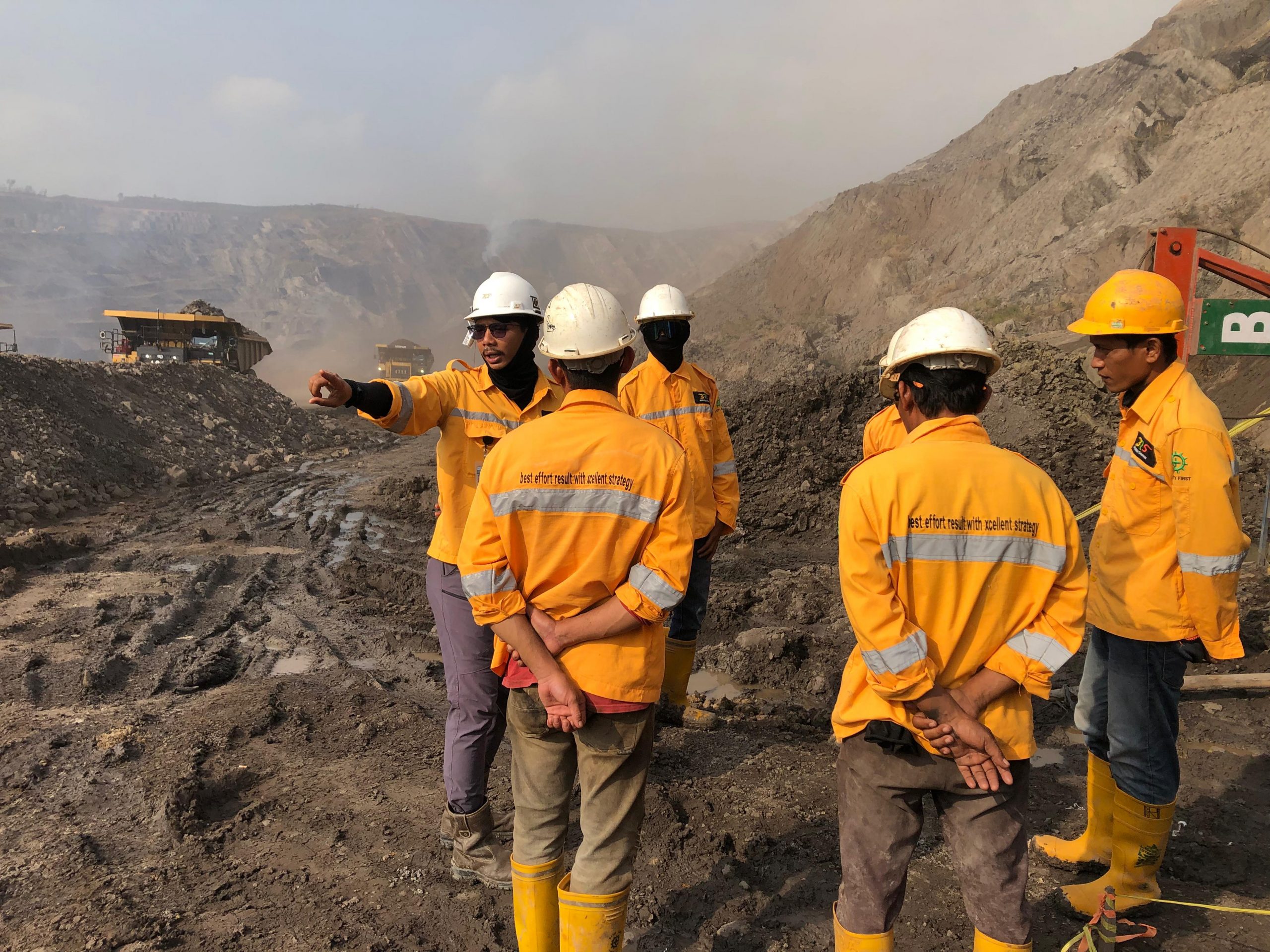Feasibility Study
Site Characterization:
- Conducts a detailed geotechnical site investigation to characterize soil and rock conditions.
- IdentifieD geological features, fault lines, rock types, and potential geotechnical hazards.
Slope Stability Analysis:
- Evaluates the stability of open pit slopes and underground mine workings.
- Utilizes geotechnical modeling, including limit equilibrium analyses and numerical modeling techniques.
Geotechnical Design Criteria:
- Designs ground support systems, including rock bolts, mesh, and shotcrete for underground workings.
- Considers the potential for rockfalls and rockbursts.
Dewatering and Drainage:
- Evaluates groundwater conditions and designs dewatering systems to control water ingress.
- Implements drainage measures to minimize the risk of pore pressure-related failures.
Rock Mechanics Studies:
- Conducts laboratory testing and in-situ testing to determine rock mechanics properties.
- Incorporates rock mechanics data into geotechnical models for slope stability assessments.
Risk Assessment:
- Identifies geotechnical risks associated with slope failures, ground movements, and other geological hazards.
- Develops risk mitigation strategies to address potential issues during mining operations.
Geotechnical Monitoring Plan:
- Proposes a comprehensive geotechnical monitoring plan to track slope movements, groundwater levels, and other relevant parameters.
- Incorporates real-time monitoring techniques to detect early signs of instability.
Integration with Mine Planning:
- Collaborates closely with mining engineers to integrate geotechnical considerations into the mine design.
- Ensures that the mine layout and excavation sequences align with geotechnical stability requirements.
Reporting and Documentation:
- Prepares a comprehensive geotechnical feasibility study report.
- Presents findings, analyses, and design recommendations in a clear and accessible official report format for ESDM.





